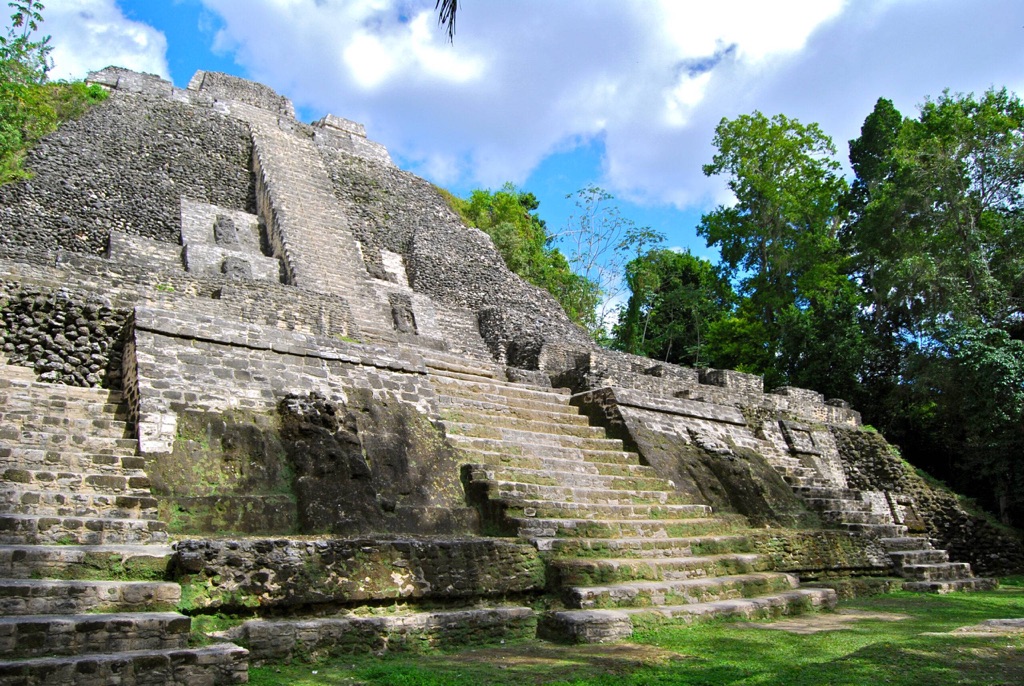Summary
Exploring Lamanai’s Rich History
Embark on a journey through time at the ancient Lamanai Mayan ruins, nestled in the lush jungles of Belize. This significant historical site boasts a name that means “submerged crocodile,” reflecting its mystical past. Lamanai stands out with its long occupation span, from the pre-classic Maya period right through to the post-classic period, signaling a civilization’s resilience. Visitors can marvel at the majestic temples, plazas, and artifacts that paint a vibrant picture of Mayan culture. Each structure tells a story, from the imposing High Temple with its panoramic views to the Mask Temple, adorned with intricate carvings of Mayan rulers and gods.
Get your dose of History via Email
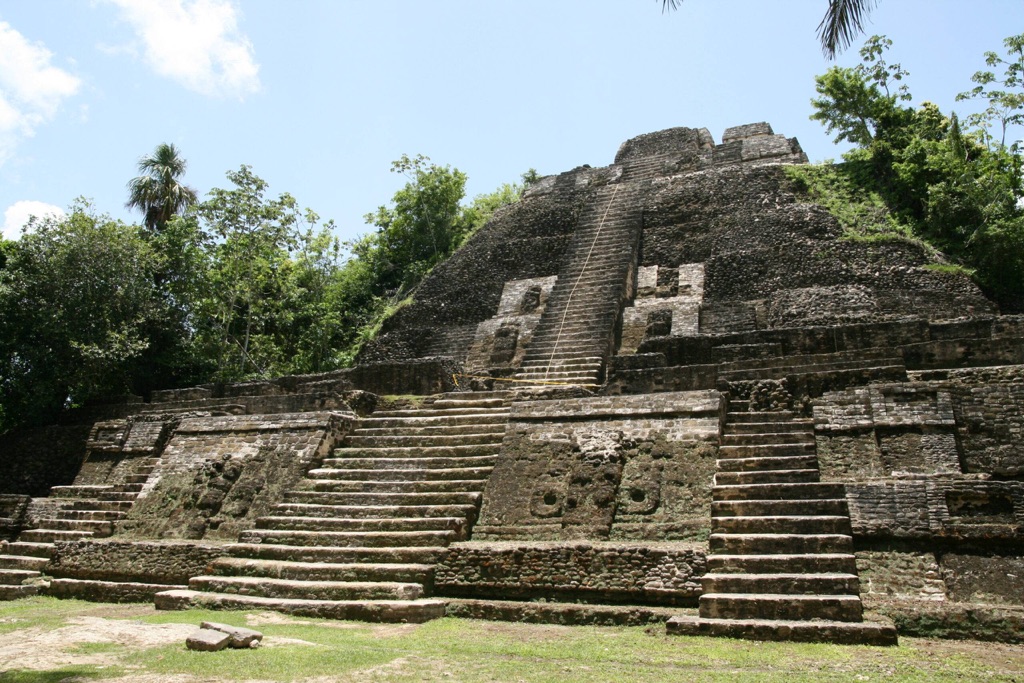
Discovering Cultural Treasures
The ruins of Lamanai offer more than just a glimpse into architectural prowess; they are a testament to the Mayans’ sophisticated society. Archeological excavations have revealed a treasure trove of ceramics, jewelry, and religious relics at this site. Intriguingly, Lamanai was one of the few Maya cities that remained occupied by its original inhabitants even after the arrival of Europeans, indicating a unique cultural persistence. The blend of Mesoamerican and Spanish influences is evident in the remnants of a sixteenth-century Christian church built amidst the grandeur of Mayan temples, a curious meeting of two worlds.
Experience and Accessibility
Today, Lamanai is not just an academic pursuit but a living experience, as it welcomes visitors from around the globe. Accessible by a scenic riverboat ride, this adventure enriches with sights and sounds of abundant wildlife, enhancing the trek to the ruins. Educational tours, led by knowledgeable guides, offer immersive insights. They ensure that everyone, from history enthusiasts to casual explorers, can appreciate the significance of this site. Lamanai’s blend of natural beauty and historical depth makes it a must-see for anyone interested in Maya heritage and the enduring spirit of ancient civilizations.
Historical Background of Lamanai Mayan Ruins
The Origins of Lamanai
Lamanai, located in Belize, is a treasure of history amid the natural beauty of Central America. As one of the longest-occupied Mayan sites, its history dates back well over 3,000 years. The site thrived for centuries, remaining active when other cities fell. This resilience suggests a well-adapted and resourceful society. Lamanai’s name, meaning “submerged crocodile,” hints at the significance of water and the crocodile deity in Mayan mythology. Exploring Lamanai opens a window to the past, showcasing the deep roots of Mayan civilization.
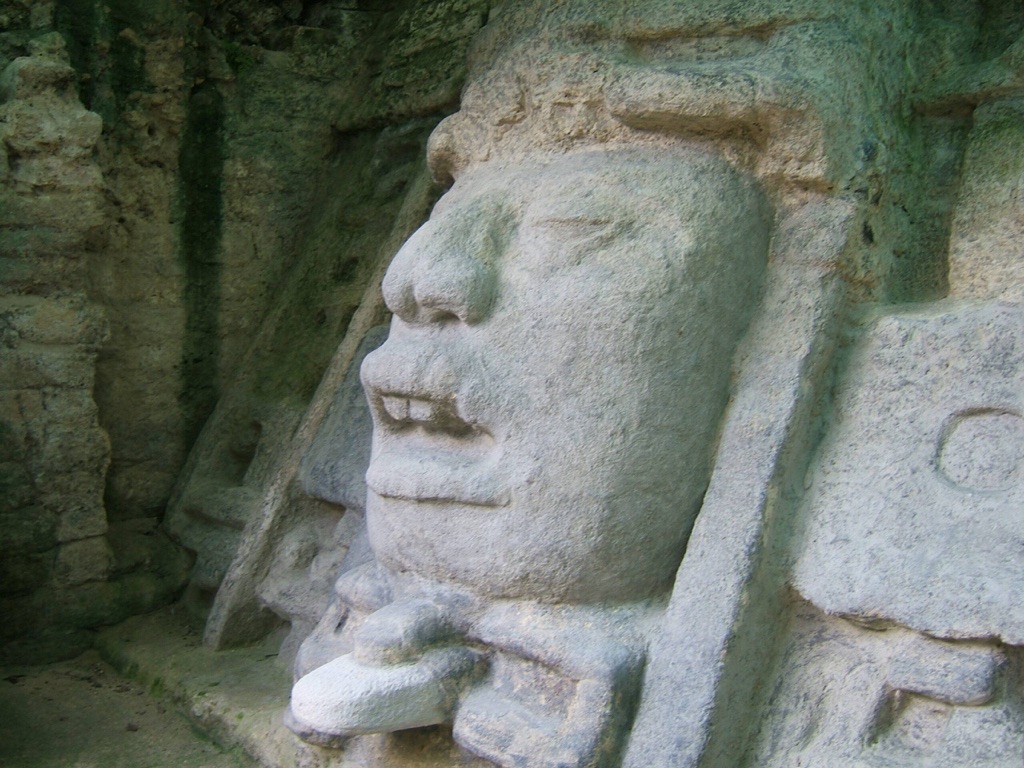
The Rise of a Civilization
At its zenith, Lamanai was a bustling center of trade, religion, and social life. Evidence suggests it held a strategic position, leveraging waterways for commerce. The city’s large population required sophisticated administration, hinting at a complex societal structure. Temples and palaces dot the landscape, signs of a once-flourishing elite. Carvings and inscriptions reveal the lives of rulers who wielded power across the region, exemplifying the grandeur of the Mayan political and social order.
The Architectural Wonders of Lamanai
Visitors today can still marvel at Lamanai’s architectural achievements. Impressive structures, such as the High Temple and the Jaguar Temple, stand as testaments to Mayan engineering and spirituality. The intricate designs and stonework found throughout the site demonstrate a keen eye for beauty and detail. Each of these monumental constructions had a distinct purpose, from religious ceremonies to administrative functions. They help us understand the daily life and beliefs of the Mayan people.
The decline of Maya civilization is shrouded in mystery, but Lamanai’s prolonged occupation suggests it bucked the trend. Archeologists have uncovered signs of adaptation and change, indicating a community determined to survive. This persistence is rare among Mayan sites, making Lamanai’s history all the more fascinating. The city’s eventual quieting coincides with the European colonization period, marking the end of an era for the Maya at Lamanai.
Today, Lamanai serves as a critical link to the past for the people of Belize and visitors worldwide. It provides a crucial insight into pre-Columbian history and the achievements of the Maya. Efforts to preserve the ruins allow generations to learn from this ancient civilization, ensuring that Lamanai’s stories endure. The site’s mix of natural beauty and historical significance makes it one of the most beloved landmarks in the region.
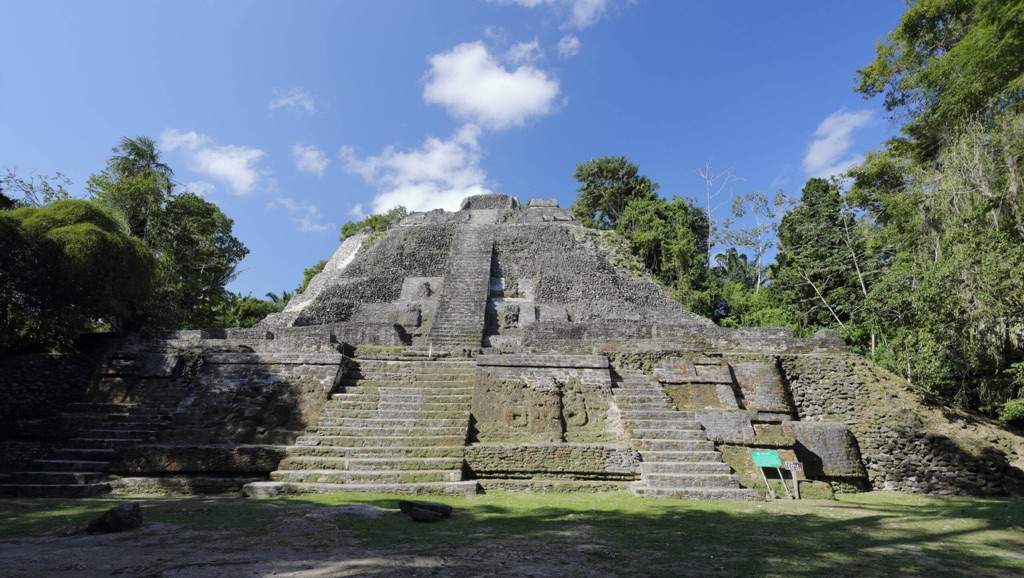
The Discovery of Lamanai Mayan Ruins
Unveiling the Hidden City
The Lamanai Mayan ruins, shrouded by the dense Belizean jungle, were not always known to the world. It was only during the 16th century that the European explorers stumbled upon this ancient site. Precisely speaking, Spanish missionaries encountered Lamanai while spreading Christianity. Though they recorded the city’s existence, it fell back into obscurity. The ruins, however, continued to whisper tales of a grand civilization waiting to be unearthed.
A Pioneer in Mayan Archeology
The true re-discovery of Lamanai came much later, in the 20th century. It was British archeologist Thomas Gann who, in the early 1900s, brought Lamanai back into the limelight. Gann’s pioneering work marked the beginning of proper excavation and study, revealing Lamanai’s vast potential for understanding Mayan history. His findings captivated scholars and signaled the site’s archaeological importance.
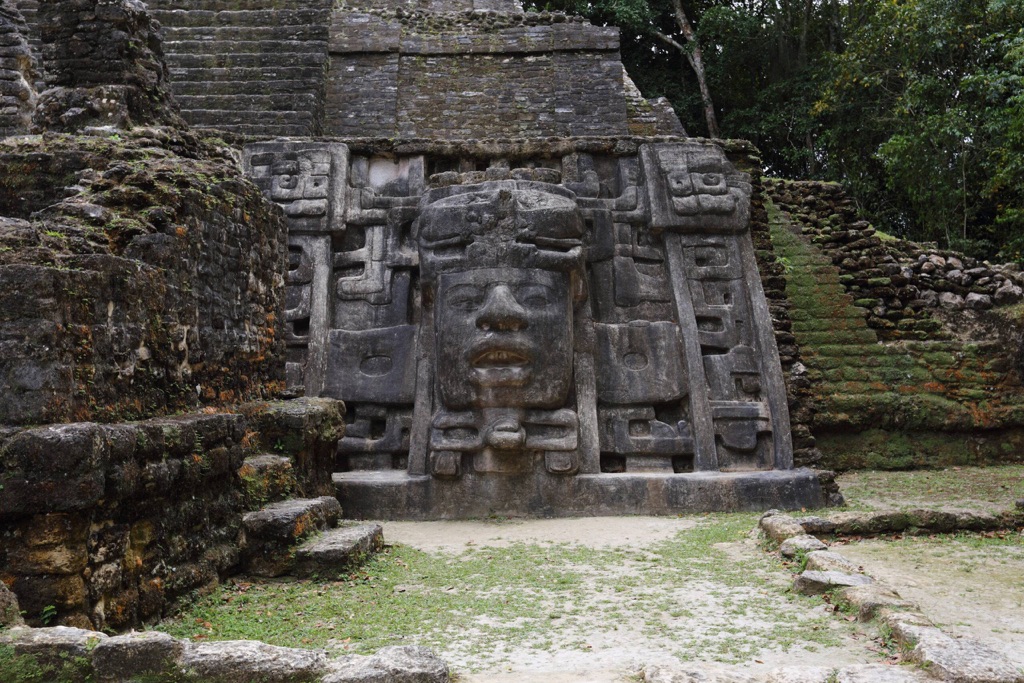
Modern Excavations Uncover Ancient Mysteries
Modern archaeological efforts began in earnest in the 1970s, led by David M. Pendergast of the Royal Ontario Museum. Pendergast’s team undertook extensive work, unearthing a wealth of artifacts and structures. Their dedication allowed us to comprehend the Maya’s magnificent past. These excavations confirmed Lamanai’s continuous occupation, an aspect unique to this Mayan site.
Recent discoveries at Lamanai have shed light on aspects of Mayan life, trade, and societal structure. The items found include pottery, jewelry, and remnants of ancient buildings. These relics have been pivotal in piecing together the everyday life and cosmological beliefs of the Mayan people. Notably, the finds indicate that Lamanai had sophisticated trade links with distant regions.
Today, Lamanai stands as a testament to the ingenuity of the Maya and their enduring legacy. Efforts to document and preserve the site are ongoing. As more of Lamanai’s secrets come to light, its impact on our understanding of the ancient world continues to grow. This site remains a focal point of fascination for historians, archaeologists, and visitors alike, eager to connect with the past.
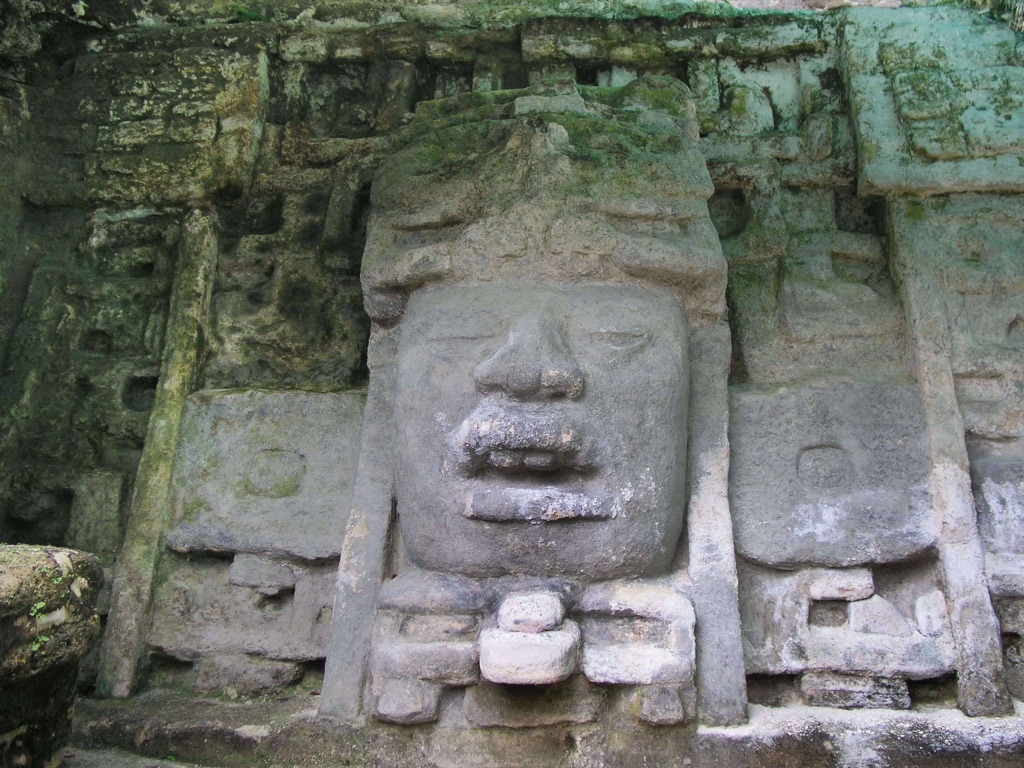
Cultural Significance, Dating methods, Theories and Interpretations
Lamanai’s Position in Mayan Culture
Lamanai was not just a city but a central piece in the Mayan cultural mosaic. Its long lifespan made it witness to the evolving traditions and customs. Here, ceremonies and celebrations connected the community with the gods. Lamanai’s architecture, with its rich carvings and sculptures, stands as an enduring legacy. These structures show us the wisdom and beliefs held sacred by the Mayan people.
Deciphering the Timeline of Lamanai
Understanding the age of Lamanai requires careful analysis. Archaeologists use methods like radiocarbon dating and thermoluminescence to pin down the timeline. By measuring radioactive decay, they estimate when the structures were built. Pottery and other artifacts offer clues, too. These approaches help construct a chronological framework of Lamanai’s bustling activity and eventual quiet.
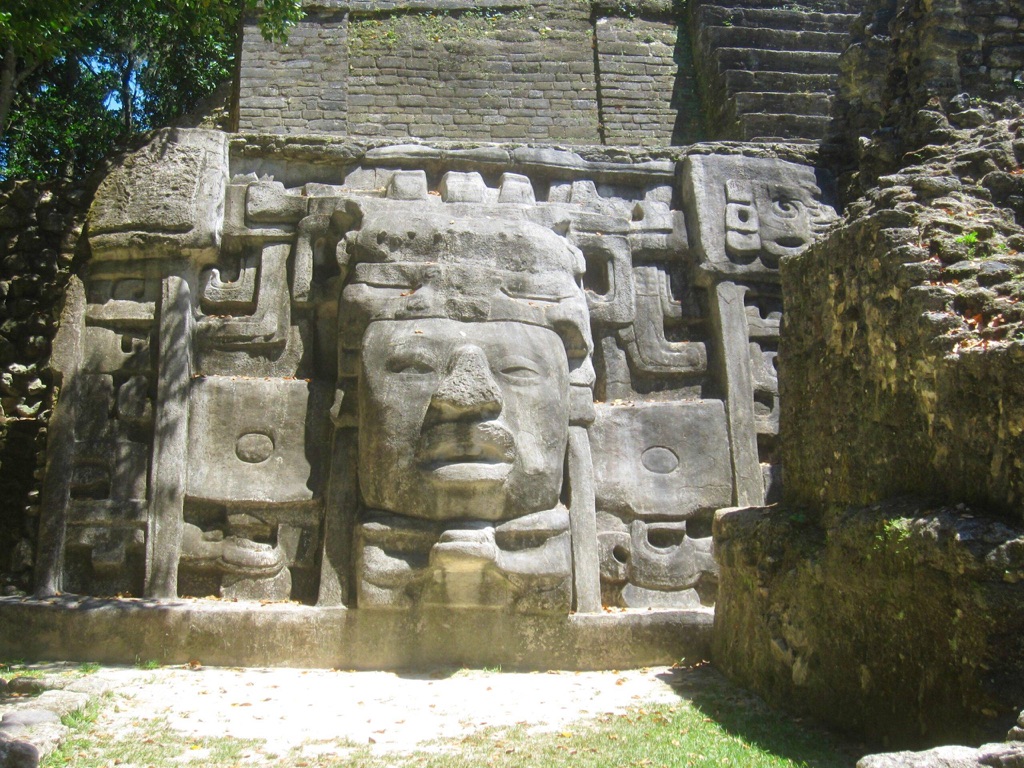
Theories Surrounding Lamanai’s Longevity
Historians and archaeologists ponder why Lamanai outlasted many other Mayan cities. Some suggest its location, near fertile land and water, played a role. Others think the city’s religious significance gave it a staying power. The evidence gathered can support multiple theories, all contributing to our understanding of Mayan resilience.
The interpretation of Lamanai’s carvings and artifacts is complex. Experts study the symbolism embedded in the ruins to piece together Mayan worldviews. Some inscriptions remain a mystery, fueling debate among scholars. These open questions invite more study and discussion, enriching the narrative of this ancient site.
Recognizing Lamanai’s cultural importance, efforts are underway to preserve and protect the site. This will ensure future generations can explore and learn from this remarkable chapter in human history. As research continues, Lamanai will undoubtedly offer more insights into the rich tapestry of Mayan civilization.
Conclusion and Sources
The exploration of Lamanai illuminates the splendid achievements of the Maya and underscores the immense cultural significance of this ancient site. Lamanai’s rich history as a key political, economic and religious center is palpable through its remarkable architecture and countless artifacts. Its unique resilience, evident in the prolonged occupation period, offers invaluable insights into the adaptive strategies of the Maya amidst changing times. As preservation efforts continue, Lamanai stands as a testament to human ingenuity and serves as an irreplaceable source of knowledge for future generations seeking to understand the complexities of ancient civilizations.
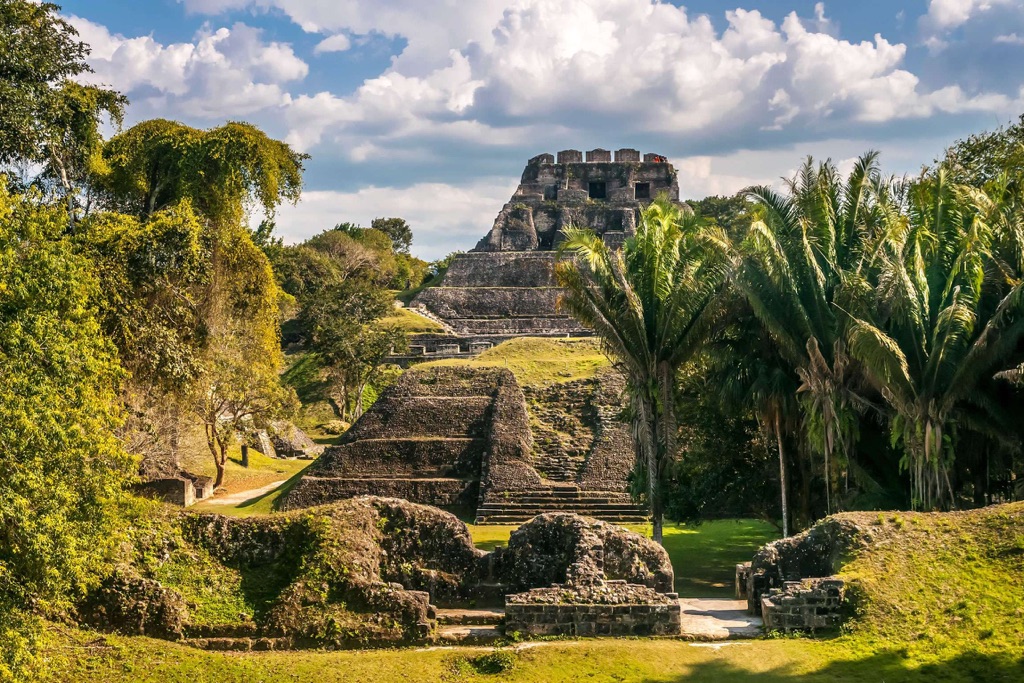
For further reading and to validate the information presented in this article, the following sources are recommended:
Or you can check any of these reputable archaeological and historical texts:
Sharer, R.J. & Traxler, L.P. (2006). The Ancient Maya (6th ed.). Stanford University Press.
Chase, D.Z. & Chase, A.F. (Eds.). (2016). The Resilience and Vulnerability of Ancient Landscapes: Transforming Maya Archaeology through IHOPE. Archaeological Papers of the American Anthropological Association, 26(1).
Harrison, P.D. (1999). The Lords of Tikal: Rulers of an Ancient Maya City. Thames & Hudson.
Martin, S. & Grube, N. (2008). Chronicle of the Maya Kings and Queens: Deciphering The Dynasties of the Ancient Maya. Thames & Hudson.
Pendergast, D.M. (1981). Lamanai, Belize: Summary of Excavation Results. Journal of Field Archaeology, 8(1), 29-53.

